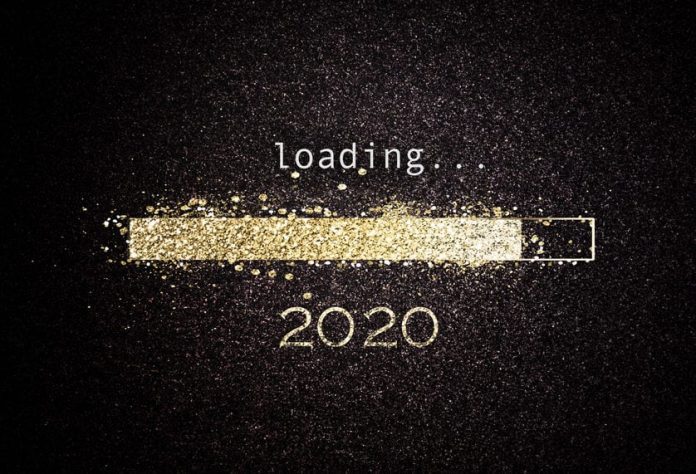Peder Rand, product manager for cellular IoT, Nordic Semiconductor:
“At the start of 2019 the only thing operating on cellular networks around the globe were mobile phones, plus a few hundred million 2G-based devices. Security alarms are an example of these, where cellular was used as a last line of defence – in case a landline was down or had been cut.
“At the start of 2020, however, connected to the self-same cellular networks worldwide there will be battery-powered security alarms, panic alarms, herding animal trackers, industrial-grade asset trackers and environmental sensors, to name just a few. And the list grows all the time.
“By this time next year, you won’t be able to list all the new cellular IoT products and applications in a single page page, let alone a single paragraph. What’s changed? The large-scale rollout of LTE-M and NB-IoT.

“A long time in the making (it was included in Release 13), these cellular low-power wide-area (LPWA) technologies optimized for IoT have truly arrived, going into 2020. And their time in development was used to ensure they offered the same legendary reliability and security benefits of cellular worldwide – operating in a wider area at lower power.
“At silicon level, although LTE-M and NB-IoT chipsets have to conform to the same standard, they are not equal. Most cellular IoT chipsets are redesigns of LTE modems; only one company (my company) has designed them from the ground-up to be power-optimized for LTE-M and NB-IoT.
“The process to achieve this power optimization is not dissimilar to design of ultra low power wireless technologies such as Bluetooth. It’s the ‘lazy teenager’ analogy, where you want to be in low-power ‘sleep’ or ‘dormant’ states (on the sofa in front of the telly) as much and as quickly as possible – and when you’re active, you want to expend as little energy as you can, before returning to the sofa.
“But this kind of operation is completely new to cellular wireless technology, which has relied in the smartphone world upon daily recharging of ‘oil tanker’ sized batteries. Cellular IoT products and applications, by contrast, are required to run off small batteries for years without recharging.
“And that is the game changer: low-power battery operation. Almost anything can now be connected to the world’s cellular networks without a gateway. In industrial IoT, this means the ability to monitor everything from the location and contents of shipping containers and key industrial assets to how well plant machinery is operating and the likelihood of failure.
“And just like Bluetooth, which continues to add new features all the time, cellular IoT won’t stand still. Both LTE-M and NB-IoT will evolve in the forthcoming 5G releases of the 3GPP standard. That said, the current LTE versions mean there is no need to wait. And that’s why 2020 will be the year that cellular IoT finally arrives, big time.”

